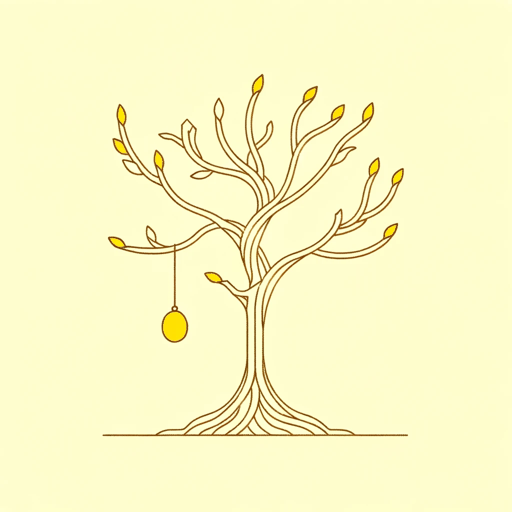40 pages • 1 hour read
Apollonius of RhodesJason and the Golden Fleece
Fiction | Novel/Book in Verse | AdultA modern alternative to SparkNotes and CliffsNotes, SuperSummary offers high-quality Study Guides with detailed chapter summaries and analysis of major themes, characters, and more.
Symbols & Motifs
Jason’s Cloak
As he prepares to go to Lemnian queen Hypsipyle’s palace, Jason puts on a “double cloak of purple” (diplaka porphyrein in the Greek text), which was a gift from Athena (20). An extensive description of the cloak follows its introduction, an example of a tradition in Greek poetry to render important objects in vivid detail (known as ekphrasis). The cloak’s symbolic function has been the subject of a range of interpretations, depending on how closely it is read against other ancient Greek sources.
The phrase diplaka porphyrein appears twice in the Iliad, at especially significant moments: in Book 3 when Helen weaves scenes of the Trojan war into a cloth and in Book 22 when Andromache weaves flowers into a cloth, not realizing that her husband has been killed. In both instances, the women weave from places of not knowing: Helen about a war still in progress and Andromache unaware that her world has changed irrevocably. In both instances, the outcomes are tragic. The war destroys both Achaeans and Trojans, and the marriage ends with Hector’s death and Andromache’s enslavement. Apollonius’ use of this phrase has been understood to connect Jason’s cloak to a sense of foreboding, whether in this instance (Jason’s becoming distracted from his quest by the Lemnian women) or in the larger 







